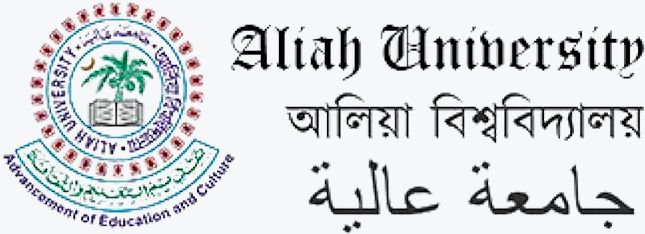Journal of Educare
Published by Department of Education
Volume-2 Issue-1, 2025
Published By: Dept. of Education, Aliah University
Published By: Dept. of Education, Aliah University
IMPACT OF THE SOCIO-ECONOMIC CONDITION OF THE FAMILY ON EDUCATION OF THE STUDENTS BELONGING TO SANTAL COMMUNITY
Affiliation:University of Calcutta, Kolkata
Author(s): Md Mahasin Ali, Sabir Ahmed & Indrani Nath
Corresponding Author Email:mdmalieducu@gmail.com
ISSN No: 3048-9652 (Online)
Year: June, 2025 | Volume: 2 | Issue: 1 | Page No: 104-120
Santal community, Santali language, Educational issues, Educational condition of Santal community.
The Indian population is highly heterogeneous concerning language, religion, caste, creed, culture, and community. According to the 2011 census, 8.6 percent of India's population comprises various tribal groups such as Asur, Rabha, Savar, Bhumij, Hajong, Bhutia, and Santhals. Post-independence, these tribes were constitutionally recognized, and numerous initiatives were undertaken by the Indian government to elevate their socio-economic and educational status, recognizing that holistic societal progress depends on the inclusion of all communities. Although improvements have occurred, substantial gaps remain. The literature review highlights limited research specifically addressing the educational issues faced by students of the Santal community concerning their socio-economic conditions. Thus, the current study, employing a mixed-method approach, investigates these dimensions in two districts of West Bengal—Birbhum and Murshidabad. Data collection tools included an unstructured interview schedule, direct observation, and a self-developed questionnaire, administered to 27 purposively selected families. Key findings reveal low parental educational levels and limited occupational diversity, predominantly characterized by agricultural labour and "Bhagchasi," resulting in minimal household income. Positive correlations emerged between family income, parental education, awareness, and children's educational outcomes. Furthermore, significant barriers identified include inadequate availability of Santali language teachers, textbooks, learning materials, and socio-cultural acceptance issues. The study's insights can inform targeted educational policies and grassroots interventions by government agencies and NGOs, ultimately fostering an inclusive society.

